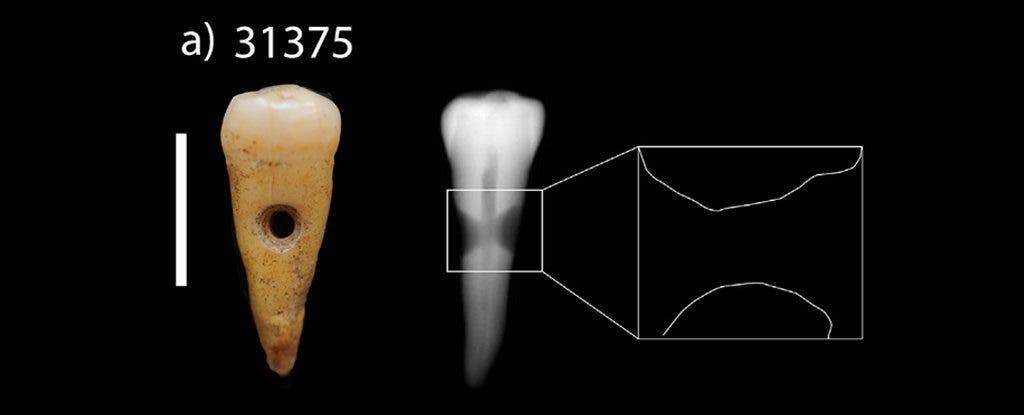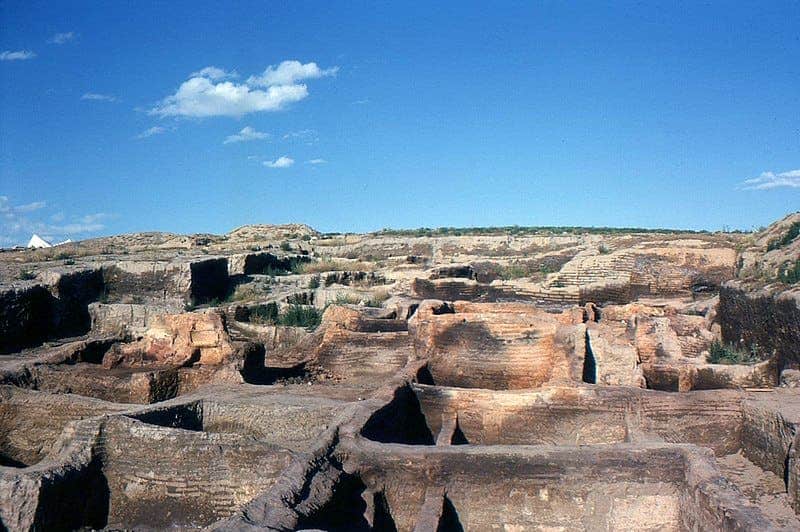At a 9,000-year-old archaeological site, researchers unearthed a most peculiar find: human teeth drilled through the root. By all accounts, the ancient teeth must have been employed to fashion a necklace or some other kind of jewelry.

Archaeologists found the three teeth at Çatalhöyük, a neolithic site in Turkey regarded by UNESCO as the most significant human settlement documenting early settled agricultural life.
What’s more, researchers believe that Çatalhöyük, which was home to up to 8,000 inhabitants, was one of the very first egalitarian societies, as evidenced by distinctive homes, arranged back-to-back without doors or windows and the lack of monumental constructions (i.e. common burial grounds, temples, grand communal buildings). To get inside their homes, the inhabitants would use an opening through the roof which they would access via ladders.
At Çatalhöyük, archaeologists have found all sorts of artifacts, mainly tools. There are still many mysteries surrounding the site, including its sudden downfall. It’s believed that only 4% of the site has been excavated. During one recent dig, researchers found the three ornamental teeth.
Two of the teeth, a permanent premolar and a permanent molar, were found inside one of the dwellings at the site. The third, another permanent premolar, was found in a grave. All teeth came from adult individuals and showed no signs of disease, suggesting that they were likely removed post-mortem. Concerning their age, scientists have dated the teeth to sometime between 6300 and 6700 BCE.

Researchers took silicone casts of the teeth to examine their wear and also employed microscopic and radiographic analyses in order to determine how the holes were drilled. The holes present in two of the teeth exhibited clear signs of intentional drilling. The hourglass-shaped holes suggest that the craftsman drilled from each side. After this procedure, the molars were polished. Wear on the inside of the hole suggests that the teeth were threaded in order to be worn as ornamentation.
It’s not clear at this point what ritualistic meaning this practice might have had — if there was any to begin with. Perhaps the teeth belonged to a deceased relative or high-status person which the wearer held in high regard. Perhaps they came from enemies. We can only speculate in the absence of more artifacts.
“The rarity of such artifacts in the prehistoric Near East suggests a profound symbolic meaning for this practice and these objects, and provides new insights into the funerary customs and symbolic importance of the use of human body parts during the Neolithic of the Near East,” the researchers wrote in the Journal of Archaeological Science: Reports.



